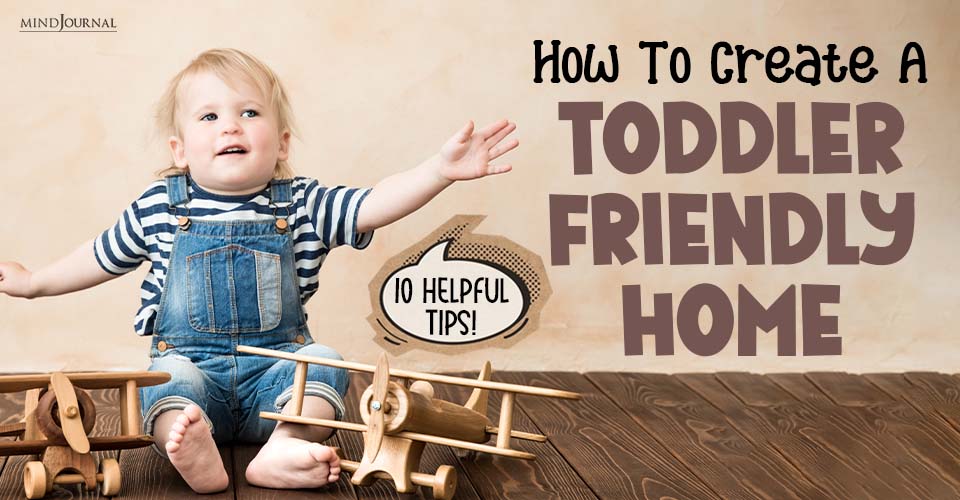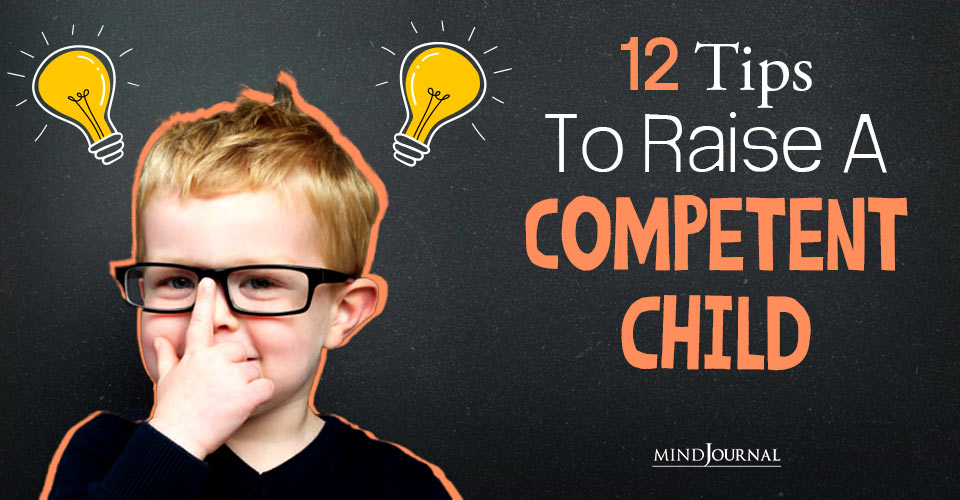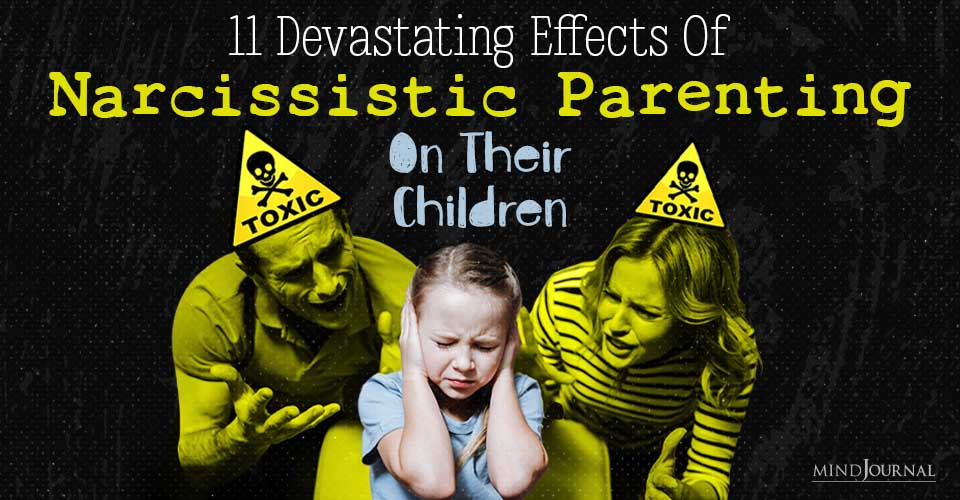Multitasking might seem like an amazing idea when it comes to your kids’ homework and progress in studies. But is it actually?
Do your kids try to multitask during homework?
If so, you all probably suffer the consequences of their inadequate sleep, their scramble to finish assignments or submission of work less than their best. Their multitasking forces you to be the bad guy, nagging them to stop the distractions, and having to enforce strict rules about what they can and cannot do on school nights.
Read How Does Homework Affect Students Mental Health
There is no such thing as multitasking
Kids have plenty of things available to do with their time. The problem comes when they want to continue to text or talk with friends, respond to ongoing emails, or play video games when it comes time for homework. With the increasing surge of information and compelling distractions of social media, videos, music, and games at their fingertips, their brains are understandably enticed to engage these distractions while doing homework.
Most kids believe they can have it all by multitasking. The fallacy is that when combining these activities with homework they are getting less done, not more. A harsh consequence materializes as they need to stay up late to finish or perhaps to not even finish when stymied by exhaustion.
This leads to losing concentration from sleepiness or languishing on the next day’s learning ill-prepared from the homework inadequacies, or, in further desperation, copying homework from friends.
To help your children overcome the multitasking trap, you’ll want to understand it well enough to reveal its deceptive nature. Here’s the neuroscience. The brain is designed to limit the conscious focus to one thing at a time. Our ancestors needed a single focus to remain alive in their unpredictable world. The survival-in-the-wild brain we humans inherited from them remains designed for uni-focal tasking.
What feels like doing two things at once actually comprises of the brain shifting its processing from one neural network to another. Each shift comes with the cost of consuming time, mental effort, and brain fuel. Microseconds are wasted as the brain turns off the active network and turns on the next. This not only costs time (which adds up) but also depletes the brain’s critical resources of glucose and oxygen. The result – less gets done and less is remembered.
Now you know why multitasking, the switching between separate tasks, expends more time than the total time it would take to do each task individually. But will that convince your kids? Simply explaining the neuroscience will be perceived as lame and likely unpersuasive enough to motivate them to relinquish the distractions during homework time.
Read The Myth and Danger of Multitasking
Explain-Motivate-Prove-Guide
Explain-Motivate-Prove-Guide is the four-step approach to help your kids reduce their time lost into the black hole generated by multitasking (and improve family harmony).
Explain
Let your kids know that you understand why they want to multitask. If you sometimes fall into the same behavior trap yourself, triggered by a time crunch or boring activities, share with them the type of things that lure you into the illusion of multitasking.
Most importantly, explain that multitasking…isn’t. Here’s the way I’ve explained it to family, students, and patients.
“When you multitask, such as talking/texting, or watching TV while doing homework, your brain actually switches between the separate tasks. You may think you are getting more done, but each time your brain redirects tasks it loses efficiency. With each shift of attention between tasks, your brain expends extra energy and absorbs less of what you read or did. The result is it takes longer to complete each task and you remember less.”
Along with your explanation, you’ll want to be sure to sprinkle in bits of motivation you’ll soon read about in the section about how they’ll achieve more in less time. You’ll also want to assure them that there are lots of strategies they can choose to avoid the distractions enticing them to multitask when they discover (and they will) that single-tasking yields more free time.
Motivate
Think about what your kids most like to do with the free time they’d get by effectively single-tasking homework. Sprinkle these benefits throughout your encouragement, explanations, and suggested strategies to stimulate their personal motivation to make the changes. You’ll inspire them in advance with the payoff earned when they reduce the brainpower drain of multitasking and finish their work more quickly and successfully.
Here are some desirable outcomes that may resonate with your kids as they escape the multitasking black-hole time drain.
- Finish the work they have to do in less time
- Enjoy more free time to do what they want to do
- Relax by not feeling pressured, scattered and guilty
- Get more sleep and not feel so dragged out each morning
- Remember what they read and retain more out their homework. They will understand more in class and spend less time studying for tests
- Live with a happier you (parent)
Read 5 Practical Things You Can Do For Building Your Child’s Self-Confidence
Prove it!
Here’s an experiment that will empower your kids by their uncovering evidence to make better choices based on what they discover. They’ll get to evaluate the impact of each multitasking distraction and see for themselves the price they are paying.
A self-inventory will reveal the impact of multitasking on their free time. By keeping a record of time spent on homework for a few days and analyzing the outcome of the work they do with and without the multitasking activities, they’ll understand the high costs.
Below is the self-inventory I had my students do which motivated them to make the shift away from multitasking. You can “translate” the instructions so they are best suited for your child.
Read 12 Powerful Parenting Phrases To Discipline Your Kid
Self-Inventory
1. “Make a list of all the multitasking things you like to add on (potential distractions you have ‘on’) while you do your homework.” (Examples might be having the Internet or TV on, music on, responding to texts, calls, tweets, reading emails as they arrive, playing computer games, web surfing, talking with friends, or too frequent snack or TV breaks, or even angsting or just pleasantly daydreaming.)
2. “Select a subject in which homework assignments usually take about the same amount of time each night. If possible choose a class where the homework is often useful for understanding the next day’s class.” (Math homework can be a good choice or history assignments where a chapter read is discussed in class the next day.)
3. “For the subject you choose, go back to those things on your list that involves multitasking during your homework and designs a chart to collect data from your observations.”
The chart should be designed to keep records of the time and outcome of homework done on nights alternating, with and without each multitasking distraction. It will probably take eight to ten nights to gather the data, depending on how many multitasks are in their routine.
They can use a chart like the one below to keep a record of the information or create their own to include the following observation records:
Variable (what they are evaluating that evening e.g. television on or television off):+/-: Doing it or not
- Homework start time:
- End time:
- Total time:
- Quality rating: the value of the homework e.g. Their teacher’s grade on the homework, their personal assessment of its quality, or how well they understood (or participated in) the next day’s class.

After gathering their data and looking back at the results they will no doubt find evidence of which multitasking distractions cause them to spend more time on homework with less benefit. You can ask them to describe their observations with questions such as:
What did you discover?
What multitask seemed to make your brain less efficient by switching your attention focus back and forth?
Now, from what you learned, which multitasks do you want to resist so you can complete your homework faster and more successfully?
Guide on the side
Now that your child has discovered that it’s single-tasking, not multitasking, that saves time, you can be prepared to offer help. It may well be that the information your child discovered reveals a clear solution. If reading texts and emails as they come in while doing homework is the big time sink, they won’t need you to suggest they turn off their phone or email.
You don’t want to intrude on your child building independent study skills, but here are some suggestions if they ask for guidance.
- Turn off social media, messaging, and email
- Silence their phones
- Keep a healthy snack and water nearby so they won’t have to leave their work area
- Set a timer for regular breaks—about twenty minutes of focused work, then a five-minute break or 45-minutes and a 10-minute break. Knowing they’ll have a break to do things they choose, such as chatting with friends, checking email, texts, Facebook or other social media, playing a video game, or doing some physical activity, will keep their brains more focused because they won’t be distracted by FOMO – Fear Of Missing Out.
- Limit web browsing, even when homework involves getting information from websites. Often, while looking at websites for homework assignments, tempting links to things of more interest than the assignment appear. To reduce the brain stress response from concern they won’t find those websites later, suggest they copy the links onto a list of sites they can visit when time permits.
- Encourage them to write down what worked. The list will be a “go-to” resource for when they need to stay on track.
Read 20 Growth Mindset Ted Talks For Kids
Acknowledge progress
To help your children continue to use the process of self-assessment while becoming more independent, guide them to recognize the progress and positive outcomes that result from their insights and efforts.
Make your own observations of their progress without sharing them immediately. After you’ve written down what you’ve noticed over a period of time, invite your children to tell you how their plans are working out. If they need some helpful prompting, you can ask questions, especially related to the goals they wanted to achieve and on which they were working.
Did you finish your assignments in less time, remember more in class, join in discussions, feel more alert, and recall things from the homework that helped ease studying for the test? What fun are you having with the extra free time now that you finish your homework quicker?
The other approach, if they are not recognizing their progress, is for you to go to your list of observations and share what you’ve noticed. Perhaps they are more relaxed, not scrambling as much at the last minute, getting more sleep, or enjoying more free time.
If you no longer have to nag them, that is certainly worth pointing out. Promoting a happier home may, indeed, be the best benefit of all.
Written By Judy Willis Originally Appeared In Psychology Today Republished with permission
Multitasking may seem like a good idea and a desirable shortcut for getting things done. But, in reality, it actually isn’t. This practice can sometimes end up doing more harm than good when it comes to your kids’ studies and also their mental and personal growth. So, guide them on how not to rely on multitasking very often, and see them progress by leaps and bounds.










Leave a Reply
You must be logged in to post a comment.